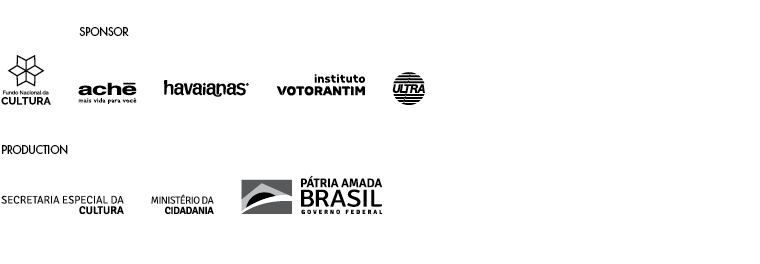MASP develops actions that seek to motivate the curiosity, the collaboration and the coexistence of its publics. These actions - which constitute what we call "Mediation and Public Programs" - are integrated into the processes of the exhibitions, making the museum a place for training and sharing of knowledge rather than simply a place of exhibition.
Among these actions are the free courses of MASP School; the MASP Lecture; the MASP Seminars; the MASP Workshops and the MASP Teachers.
Teachers, independent student groups, NGOs and the like who wish to visit the museum together, should do so independently in the exhibitions, in their own interests. The MASP does not offer guided tours and therefore it is necessary for the teachers/managers themselves to plan the visits and lead their groups through the exhibitions. Click here to know how to schedule your visit and get more information.
MASP is also interested in rethinking how it relates to schools. Teachers, students or professionals linked to schools who wish to propose a longer collaboration with the museum can write to agendamento@masp.org.br.
The idea of an educational museum was integrated into the modern museum project developed by Assis Chateaubriand, Lina Bo and Pietro Maria Bardi for the São Paulo Museum of Art in 1947. In addition to holding exhibitions, publications and courses, over the years professionals developed fundamental programs in the development of education in the museum, also contemplating activities for children and students. Among the contributions were the Children's Art Club of Suzanna Rodrigues, between 1948 and 1953; the Broadcasting Department of Najma Burdmann, between 1971 and 1983; and Educational Service of Paulo Portella Filho, between 1997 and 2014.
Beginning in 2015, MASP breaks its specialized departments and unites pedagogical activities with curatorial ones, reintroducing its original social and educational functions at the core of its programming. It seeks, therefore, its radicality as a center and school - as in the museum design of Lina Bo and Pietro Maria Bardi, and in close dialogue with the city and popular knowledge.
